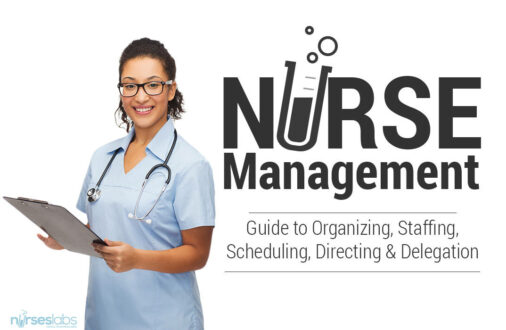

Most electronic medical record systems integrate surgical order forms. These challenges are not unique to paper-based scheduling forms either. For instance, surgeons may be aware of the limitations of a particular surgery location, but that information may not have been passed on to the scheduler in time. In some cases, the errors creep into the case documentation because not all stakeholders have the same information available. These seemingly minor errors can result in serious case mismanagement, as well as significantly reducing the efficiency and profitability of the operating room. Incomplete forms or missing informationĬountless surgeries have been delayed or even cancelled due to incomplete forms, missing patient information, and other mishandled details.

Additionally, with an intelligent posting system using tools like the ones built into CaseCTRL, you can wipe out the risk of transcription errors and also the potential for lost posting sheets.ģ.

By automating notifications and communications to all stakeholders, you can dramatically reduce the possibility of human error when it comes to scheduling surgery. Busy and overworked staff may pass on messages or make edits to surgery schedules or information that is not received by every stakeholder involved in the surgery.Īgain, automation is the answer. In many healthcare facilities, the reliance on paper forms or emails for surgery scheduling means that it is unclear where overall responsibility for case management lies. In this blog, we’ll break down the four most common issues in surgery scheduling and explain how ASCs and other healthcare facilities can solve them. In fact, scheduling issues could well cause a patient to seek surgical care with another provider, resulting in lost revenue and possible damage to the ASCs reputation. As well as increased inefficiency, the issues caused by paper-based, old-fashioned surgery scheduling can result in cancellation and delays of surgery, unused block time, dissatisfied patients, and overall case mismanagement. Plus, the general reliance on paper or email forms makes it much harder to communicate complex surgical plans, timelines, and resource needs in busy healthcare facilities.Īs a result, details can be mishandled and information overlooked, resulting in additional, avoidable work by the scheduler – and sometimes also by the surgeon. Much of the information is siloed as it’s held by only one person. Often, the surgical scheduling process relies heavily on the hard work of lone surgical schedulers. To estimate the most accurate annual salary range for Surgery Scheduler jobs, ZipRecruiter continuously scans its database of millions of active jobs published locally throughout America.Anyone who works in an ambulatory surgery center is familiar with how challenging and frustrating the process of scheduling surgery can be. ranks number 1 out of 50 states nationwide for Surgery Scheduler salaries. A Surgery Scheduler in your area makes on average $38,038 per year, or $17 (0%) more than the national average annual salary of $38,021. The average pay range for a Surgery Scheduler varies greatly (by as much as $8,500), which suggests there may be many opportunities for advancement and increased pay based on skill level, location and years of experience.īased on recent job posting activity on ZipRecruiter, the Surgery Scheduler job market in both Odesa, UA and throughout the entire state of is not very active as few companies are currently hiring. While ZipRecruiter is seeing annual salaries as high as $52,000 and as low as $24,500, the majority of Surgery Scheduler salaries currently range between $33,000 (25th percentile) to $41,500 (75th percentile) with top earners (90th percentile) making $47,500 annually across the United States. This is the equivalent of $731/week or $3,168/month. Just in case you need a simple salary calculator, that works out to be approximately $18.28 an hour. As of Sep 16, 2022, the average annual pay for a Surgery Scheduler in the United States is $38,021 a year.


 0 kommentar(er)
0 kommentar(er)
